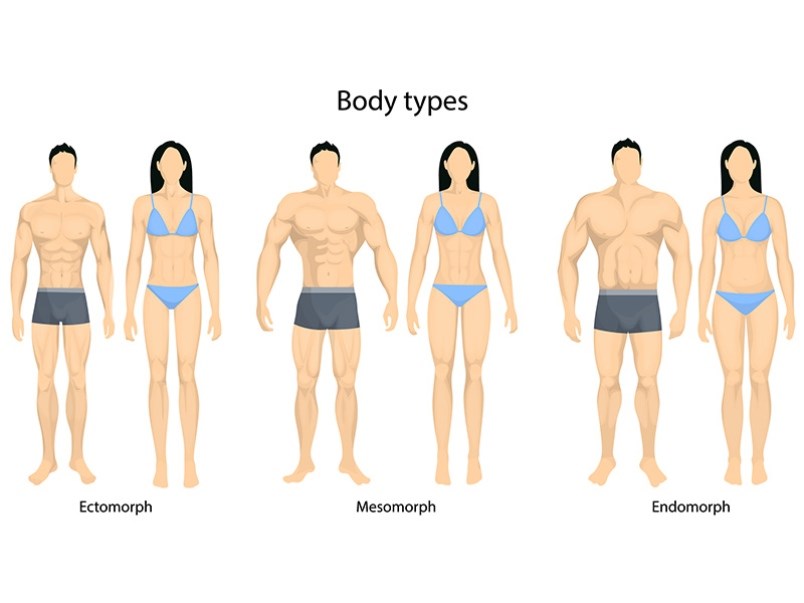The fitness industry is a body-conscious industry by nature. So it is no surprise that somatotypes, or body typing, has persisted.
This idea, introduced in the 1940s by psychologist William Sheldon, proposed that one’s body type was an indicator of temperament and moral character. At the time, eugenics was becoming popular, and so his ideas gained traction. His methodology was to make visual assessments and classify body shape into three types: mesomorph, ectomorph and endomorph.
A mesomorph is described as muscular, rugged, aggressive and masculine, with good posture and athletic. An ectomorph is described as skinny, lithe, flat-chested, weak, fragile, sensitive, introverted and effeminate. And an endomorph is described as fat, heavy, short, friendly, selfish, slow to react and ungenerous.
It’s easy to see from these descriptions how hard it would be for any one of us to fit into just one category. At best, Sheldon’s theory doesn’t account for the changing of body shape over time, and at worst, his assessment of body shape and type was purely subjective, and of an incredibly small sample size, leading to a stereotyped and discriminatory view of the human body and personality.
Fast forward to the 1960s, when Sheldon’s theory was expanded upon, and we get the Heath-Carter method, a way of classifying bodies as a product of all three types. This method proposes we are all some degree of mesomorph, ectomorph and endomorph. But at the end of the day, this body typing is still based on visual assessment and doesn’t take other factors into account.
Certainly we are all in some way part of the three body types because we are beautifully varied in our genetic makeup. We are products of more than our genetics; we are shaped by our environment, culture, nutrition, sex and relationships, among other things. But this idea of somatotypes persisted, and made its way into the fitness industry, perhaps because it is easier and more comfortable to label and classify bodies. It makes selling fitness a self-conscious endeavour.
Seeing a link online to “eating for your body type” or “working out for your body type” is quite attractive. You can take a test, find out what you are, and you’ll be given direction on what to do. The major irony of course is that these “tests” and “programs” are not selling us the body we are, but the body we (supposedly) want. Let that sink in: eat for your body type to become a different body type.
Bodies change over time, in part because of what we do to them, what the environment does to them, and of course, aging. You have a great deal of control over your body through exercise and nutrition. There are better ways than body typing to do what you want with your body.
I saw this phrase online: “Don’t let your body type hold you back.” I say, don’t let you hold you back.
You are not your body, and you are certainly not defined by it.
Do what you can with what you have where you are, and always prioritize the positive.
Melissa Sloos is a certified group fitness instructor, spin instructor and co-owner at Coast Fitness.




